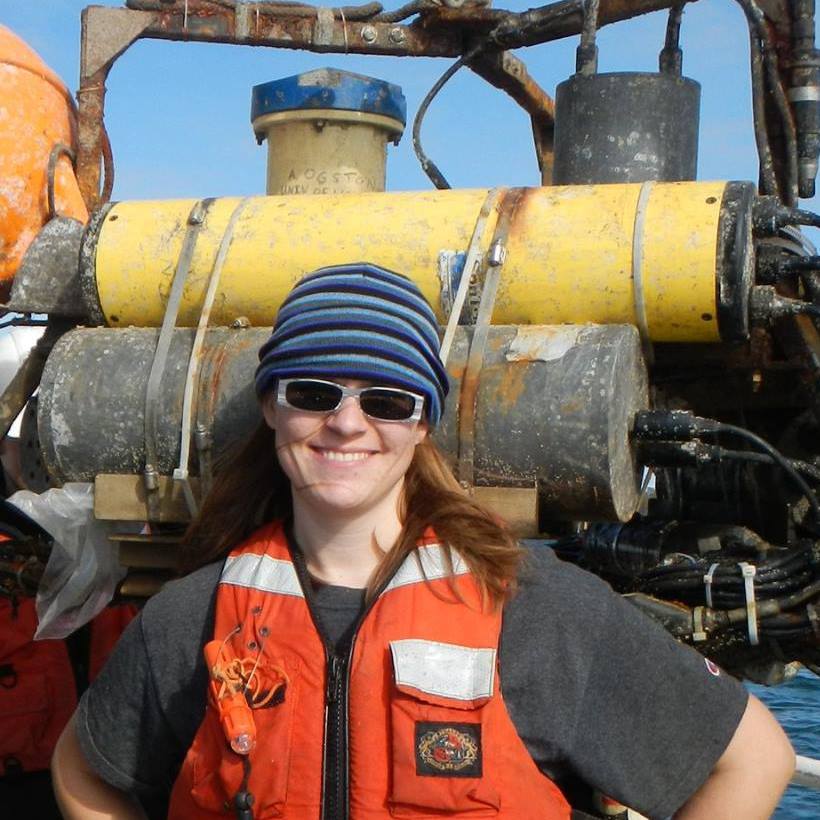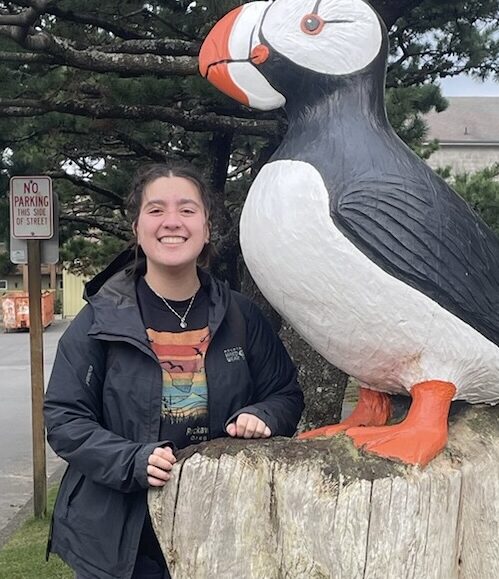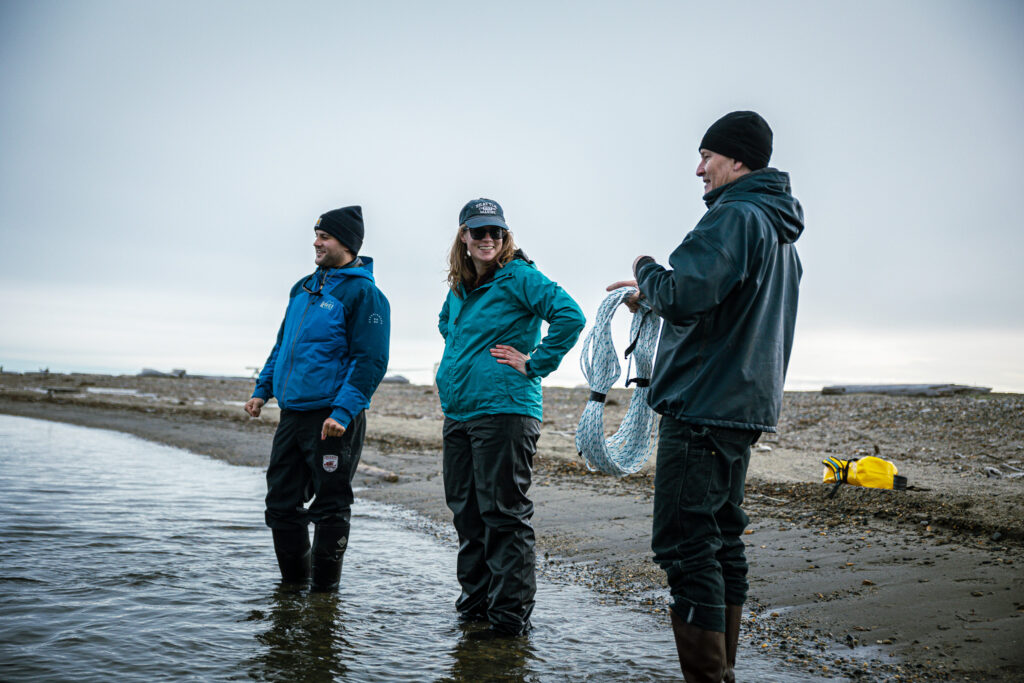Dr. Emily Eidam, PI

I’m a sedimentologist with background in civil engineering (BS, UAA), geology (BS, UAA), and oceanography (MS and PhD, UW). I grew up in Eagle River, Alaska (near Anchorage) in a landscape sculpted by glaciers and interesting sedimentary processes. I enjoy working in “process sedimentology” because it combines elements of fluid dynamics, sedimentology, and oceanography and allows us to explore how sediments move through a system over human timescales, and how they ultimately contribute to the geologic record. This work synthesizes data from diverse tools (e.g., oceanographic sensors, isotope geochronology, remote sensing) and helps us better predict where sediment is going and under what conditions—with relevance to models of coastal evolution, nutrient and contaminant transport, and geologic resource formation. CV
I am presently accepting graduate applications through OSU CEOAS (OEAS-Marine Geology or Geology) and through OSU Civil and Construction Engineering. Students in my lab help lead field data collection, build and deploy sensors, analyze samples in a laboratory setting, code, and participate as active colleagues in a supportive mentoring environment.

Dr. Molly Keogh, postdoctoral scholar
Molly is an NSF OPP postdoctoral scholar with PhD in Earth and Environmental Sciences from Tulane University and BS in Geology from the University of Oregon. Molly specializes in studying coastal sediment dynamics, including how sediment moves through coastal systems, and what it means for resilience of estuaries, deltas, and other low-lying coastal environments. Fun fact: her graduate work is featured in the documentary film “Last Call for the Bayou” (Episode 2, “Mud, Sweat, and Fears”).
Grace Meyer, laboratory technician
Grace is a recent MS alum from Dr. Fehrenbacher’s stable isotope geochemistry lab, and is supporting diverse activities ranging from Pb-210 acid digestion work to sensor construction.

Adrian Heath, MS student
Adrian joined the lab in summer 2022 to study sediment transport processes in the Alaskan Beaufort Sea. He has a BS in Geology from Colgate where he studied hypersaline soils from the McMurdo Dry Valleys of Antarctica as part of an undergraduate research project. He has since worked as geologist for an environmental consulting firm in New York City, professional brewer, and ski and kayak instructor at Jackson Hole before moving to Corvallis.
Ashleigh Wojcik, undergraduate research assistant
Ashleigh is completing her BS in Geology and using a novel sediment camera to analyze grain-size distributions from coastal Oregon beach sediments.
Riley Smith, undergraduate research assistant
Riley is an Electrical Engineering major and is analyzing multibeam data on keel scours from the Alaskan Beaufort Shelf.

Anika Lechner Armitage, undergraduate research assistant
Anika is working on a BS in environmental science with a concentration in applied ecology and a GIS certificate. She will be analyzing a sediment core from Yaquina Bay in coastal Oregon.

Tess Hoffman, undergraduate research assistant
Tess is double-majoring in Oceanography and Integrated Science Education, and will be working on polar sediment core analyses. She plans to teach in the environmental education sphere after graduating.
Lab Alumni
Caroline Cooper, MSc 2023 (UNC) – Caroline worked to develop a depth-averaged profile model of arctic delta development in Delft3D. Thesis: Modeling the effects of sea ice on arctic delta evolution: A case study on the Colville River Delta, AK.
Tyler Souza, MSc 2022 (UNC) – Tyler collected and analyzed a suite of sediment cores from the Coos Bay Estuary (Oregon) and used Pb-210 isotope profiles to quantify sediment accumulation rates. Thesis: A century of disturbance: How anthropogenic modification has affected sediment accumulation patterns in the Coos Estuary in the last 100 years.
John Malito, MSc 2021 (UNC) – John evaluated the sediment-transport dynamics of arctic continental shelves in Delft3D in order to test the sensitivity to a more energetic wave climate. Thesis: Evolution of arctic continental shelves: Modelling morphodynamic feedbacks to climate-driven increases in sea states.
——————————————————



